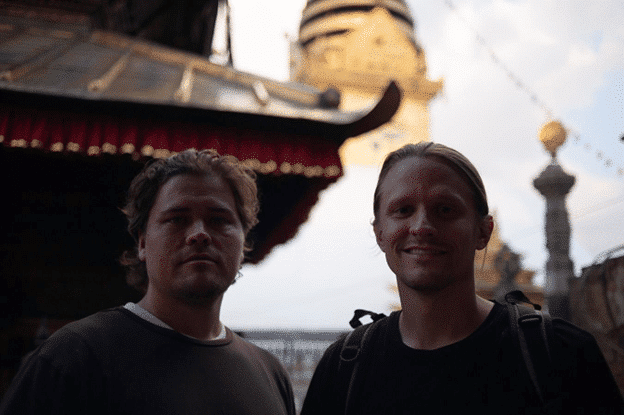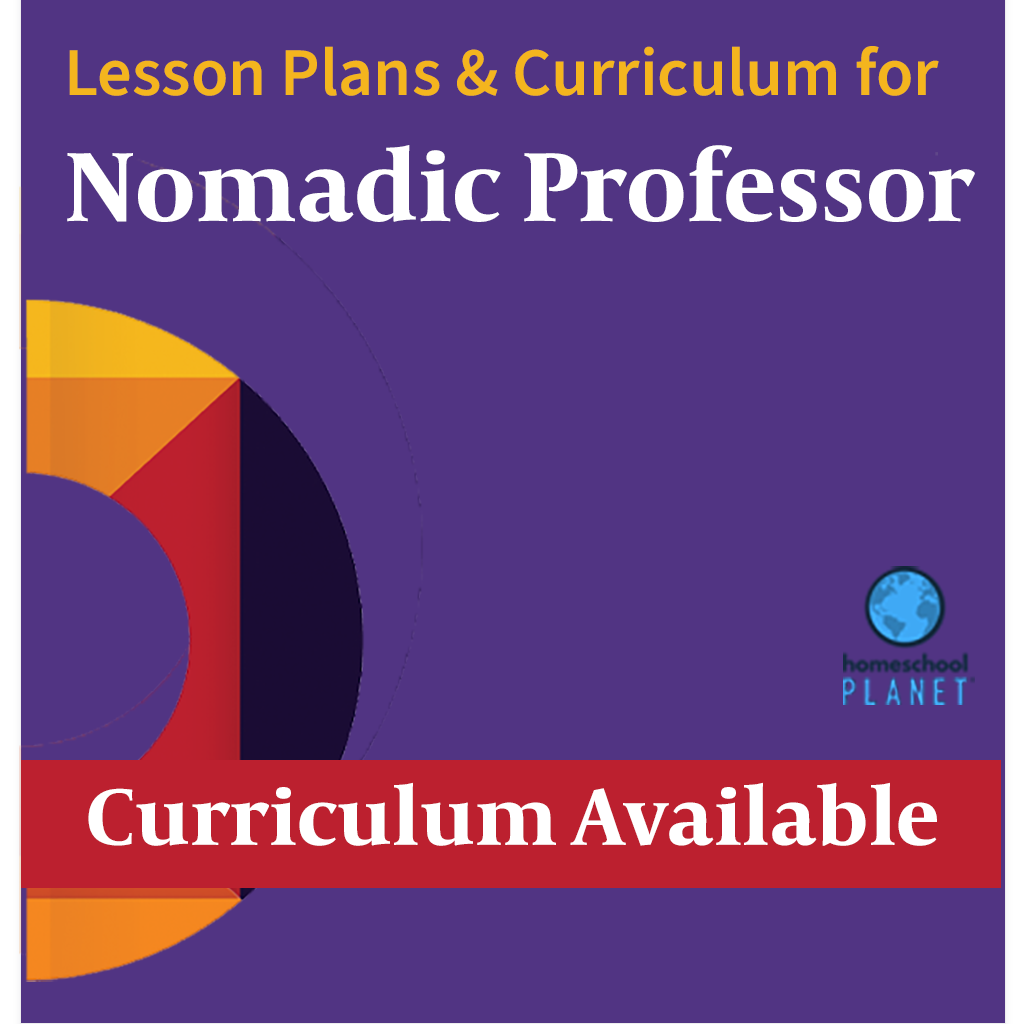A Unique Approach to Homeschool History
The Problem of Biased Homeschool History Textbooks
The title of a history book often gives away its point of view. Here’s a brief sampling of some popular titles of the last few decades:
- A Patriot’s History (American history from the point of view of a devoted and loyal citizen?)
- A People’s History (American history from the point of view of the non-elite, the oppressed, those in the minority?)
- An Indigenous People’s History (American history from the point of view of the Native Americans…not much mystery there 🙂
- The Politically Incorrect Guide to American History (American history from the point of view of those unafraid to challenge prevailing orthodoxies and sacred cows?)
- Lies My Teacher Told Me (American history from the point of view of those skeptical of the selective and bland narratives pushed by high school textbooks?)
This list could go on and on. To the extent that any of these books are guilty of pushing selective, partisan, or agenda-driven stories, readers grow wary of history textbooks. What political agenda lurks beneath the surface? What worldview informs its outlook, story selection, and claims to knowledge?

These are fair concerns, especially when they’re for adolescents. When a student is still developing cognitively, or doesn’t have the experience to understand that they’re being given one interpretation of the story (much less to judge between different interpretations of the story), we are right to want to meet them where they are. So we should be doing everything we can to help students develop a broad knowledge base—to help them become the kinds of kids that can tell us who wrote The Federalist and what it was about; that can tell us who fought in the Civil War, and in what context; that can tell us what foreign policy means, and how the 20th-century United States got involved in Europe, the Soviet Union, Vietnam, the Middle East, and so on. Even professors are still students in this regard, since even professors are still mastering new details and adding new layers to their understanding.
But somewhere in all of this information mastery young students will start to get their first inklings that certainty in history is very hard to come by, and that their youthful understanding of history as the subject that tells us “what happened” is only partially true. In fact, there are nearly as many versions of “what happened” as there are people interpreting the evidence.
“Sigh.”
That seems to be the reaction of many of my students when this finally clicks. They thought they could learn the authoritative and objective version of the story, only to learn a bunch of discouragingly wishy-washy vocabulary words like bias, point of view, evidence, argument, interpretation, school of thought, lens, agenda, partisanship, debate, source, context, corroboration, contradiction, counterargument, research, and so on.
What Does a Good Homeschool History Class Look Like?
But the good news—at least for the teachers and parents in charge :)—is that when students are old enough to recognize this, they’re old enough to learn how to deal with it. That is, we don’t always have to be worried about which history books they’re reading, because eventually they’ll be old enough, mature enough, and sophisticated enough to learn how to make judgments on their own. We can teach them all the tools we use to discern between the types of competing narratives on display in the list above—we can teach them how to identify detrimental biases, how to uncover unstated context, how to check fact claims for accuracy, how to make judgments about convincing and unconvincing evidence, how to comprehend and spot partisanship, how to evaluate chains of reasoning, how to strip claims down to their parts, how to spot and make sense of value judgments, how to think about point of view and story selection, how to get behind the surface of tone and emphasis, where to go for discussion and feedback, what tools and sources to rely on, and so on.
This is finally when students are really studying history: when they’re going back and forth between the facts and their interpretation, the facts and their interpretation, and on and on ad infinitum. This is how professionals do history; these are the two parts of the best history courses: (1) They help students develop a broad knowledge base, and (2) they help students develop sound judgment.
In this way a good history class (quite apart from all of its other values, like personal enjoyment, the humanization of past peoples and groups, our own confrontation with alien contexts, etc.) can empower students to read with the same caution, skepticism, and discernment as the adults who care about them. In the best history classes students learn to appreciate the past in all of its complexity, learn to understand the contexts that inform the present, and learn to use the methods of the historian to resist and even see right through the people who try to use a particular spin on the past to get something out of you today.
What kind of history does the Nomadic Professor do?
Perhaps one problem with some of the titles listed above is that they go too far toward simplifying a narrative that can’t easily be simplified, or they go too far toward making a cohesive narrative out of a disparate set of facts and contexts that don’t easily cohere. Further, this strong-arm kind of history does little to help students understand or appreciate how history is done, and what to think when interpretations diverge. Is everyone right because there is no “objective” interpretation of the past? Is no one right because there is no “objective” version of the past? Are all interpretations equally valid? There’s a short answer to all of these questions: No.
So what kind of history does The Nomadic Professor do? We hope we do the good kind of history described throughout this post, but we’ll leave you and yours to make that judgment.
___
This is some of the big-picture logic that informs the history we do at The Nomadic Professor. If this approach resonates with you, or sounds like an approach you want to learn more about, we encourage you to check out our offerings. In addition to the two American History courses available today, the third part of our American History course is coming soon, as well as courses in media literacy and the history of free speech. Feel free to reach out to us directly at support@nomadicprofessor.com and we’ll do our best to answer your questions.
All history courses are written by the Professor, Dr. William Kesler Jackson, with all scaffolding and literacy elements created by high school teacher Nate Noorlander.
Find Nomadic Professor in Homeschool Planet’s Marketplace!
Are you a Homeschool Planet Online Planner Member? Learn more about the Nomadic Professor Curriculum and Lesson Plans for Homeschool Planet’s Online Planner here. New to Homeschool Planet? Start your 30-day FREE trial of the Homeschool Planet Online Planner with a FREE Lesson Plan of your choice here.



